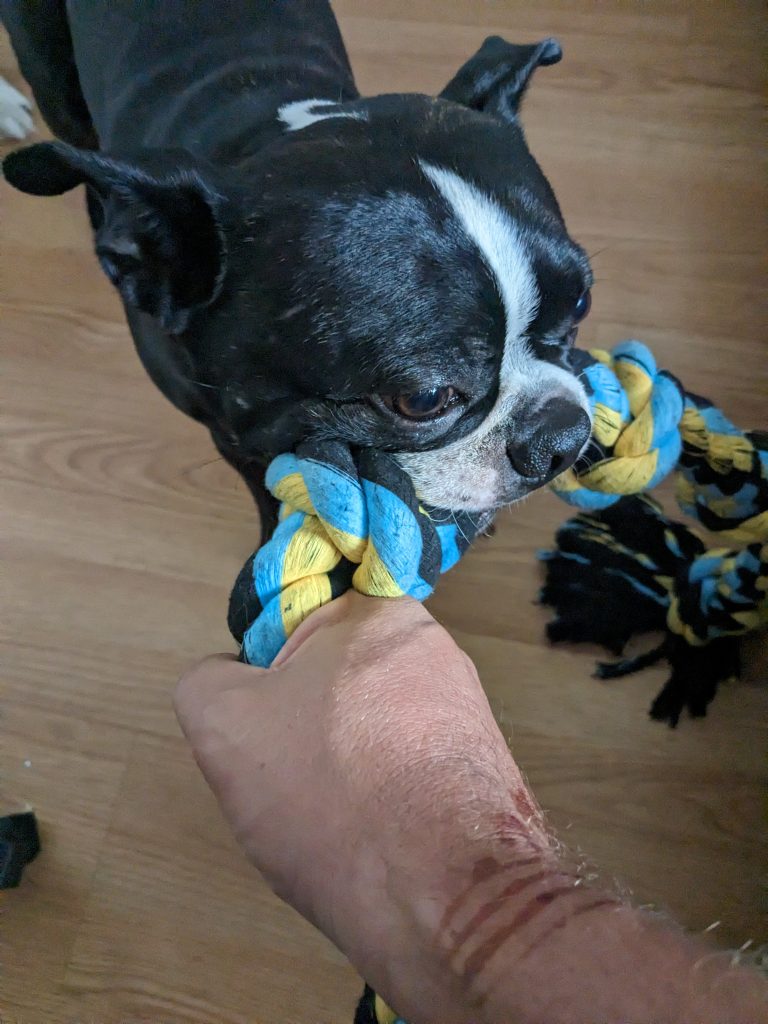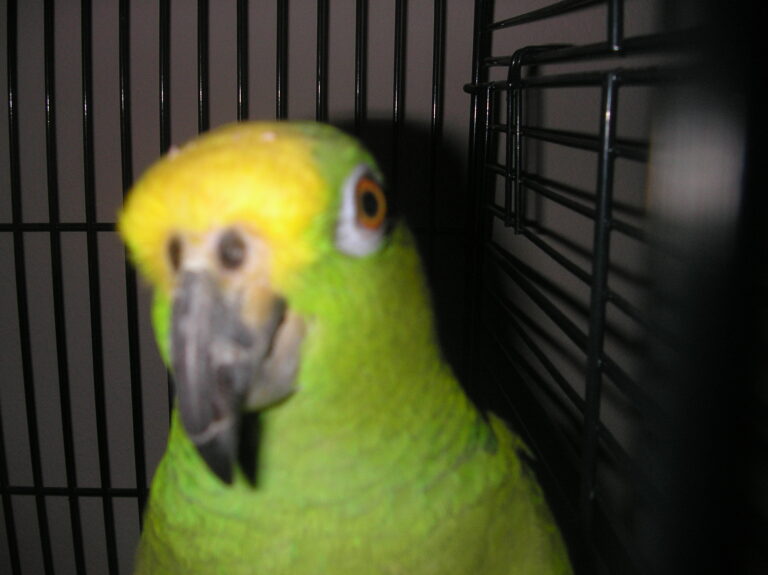“Ensuring a Safe and Healthy Home for My Hamster or Guinea Pig”
Is it safe to keep a hamster or guinea pig in my bedroom? Could that potentially lead to respiratory issues for both my pets and me? These are essential questions to consider when deciding where to house these adorable small animals.
Prioritizing proper ventilation in my bedroom is of utmost importance. It’s not merely a matter of comfort but a fundamental aspect of maintaining a healthy environment for both myself and my cherished furry companions. To begin, achieving adequate ventilation is a proactive measure that involves allowing a steady flow of fresh air into the room. A well-ventilated space is essential for several reasons, starting with the most fundamental: the air quality. Stale, stagnant air can become a breeding ground for various pollutants, such as dust, allergens, and even harmful gases. Without proper ventilation, these contaminants can accumulate and pose risks to respiratory health, both for my pets and me.


When I prioritize ventilation, I am essentially ensuring that my bedroom remains a space where the air is continually refreshed and revitalized. This circulation of fresh air helps to reduce the concentration of airborne particles that could irritate our respiratory systems. For my furry friends, such as hamsters and guinea pigs, who have sensitive respiratory systems, this becomes especially crucial. Clean, fresh air ensures that they are less likely to encounter irritants that could lead to discomfort or health issues. Moreover, proper ventilation plays a pivotal role in temperature regulation. It helps prevent the room from becoming overly stuffy or humid, creating a more comfortable environment for my pets. Hamsters, in particular, are sensitive to temperature extremes, and ensuring a well-ventilated space helps maintain a stable and suitable climate within their habitat. Additionally, good air circulation assists in controlling odors that may arise from my pets’ living quarters. While I strive to keep their cages clean, some odors are inevitable. Effective ventilation helps in dispersing these odors, keeping the room smelling fresher and more pleasant.

Addressing the cleanliness of my pets’ cages is a task that cannot be overlooked. It’s not just about maintaining a tidy living environment for them; it’s about safeguarding the air quality in my bedroom and ensuring the health and well-being of all its inhabitants, furry and human alike. The crux of the matter lies in the accumulation of waste within the hamster or guinea pig cages. Over time, bedding, droppings, and urine can collect, leading to an environment that is not only unsanitary but also potentially hazardous. As these waste materials break down, they release ammonia fumes into the air.
Ammonia, in concentrated levels, can be harmful when inhaled, causing irritation to the respiratory tract and discomfort for both my pets and myself. To mitigate this risk, I must establish a routine of frequent cage cleaning. The frequency of cleaning can vary depending on the size of the cage, the number of pets housed within it, and the type of bedding used. Generally, a thorough cleaning should occur at least once a week. This entails removing the pets from the cage, disposing of all bedding and waste materials, and cleaning the cage and accessories with a pet-safe disinfectant. Additionally, I should replace the bedding to ensure a fresh and hygienic environment. In between these weekly cleanings, it’s advisable to perform spot cleaning. This involves promptly removing soiled bedding or waste as soon as it’s detected. Regularly refreshing the water supply and providing fresh food also contributes to maintaining a clean-living space. Moreover, I should pay special attention to the bedding material I choose. Opting for bedding that has good absorbent qualities and is low in dust can help minimize the release of airborne particles and ammonia. This choice not only promotes a cleaner and fresher environment but also reduces the risk of respiratory issues
Additionally, I need to be mindful of allergies. Some people may have allergies to the bedding or hay used in these small pets’ cages. Allergies can easily lead to respiratory issues. So, if I or someone in my household has known allergies, I must be careful in selecting bedding and hay that are less likely to trigger allergic reactions.
When placing the cage in my bedroom, I should ensure it’s in an area with good air circulation but away from direct drafts or strong air conditioning. Placing it near heating or cooling vents can lead to temperature fluctuations, which may not be suitable for my pets’ health.
It’s also wise to consider the noise level of my pets during the night. While hamsters are generally quiet creatures, guinea pigs can be quite vocal at times. If I’m a light sleeper, their noises could potentially affect my quality of sleep. Therefore, I should factor this into my decision.
Furthermore, the size of the cage is crucial. I must make sure it’s appropriately sized for my pets. A small cage can lead to stress and health issues in hamsters and guinea pigs. I want to provide ample space for exercise and exploration to ensure their well-being.
Hygiene is another important aspect to keep in mind. I should make sure my pets are clean and groomed. A dirty or unkempt coat can sometimes contribute to allergens in the air, which can be detrimental to respiratory health.
Regular checkups with an exotic pet veterinarian are essential. I need to ensure that my hamster or guinea pig is healthy and not exhibiting any signs of respiratory issues. Catching any potential problems early can help maintain their health and well-being.
In conclusion, while it’s generally safe to keep small pets like hamsters and guinea pigs in my bedroom, I must be diligent about maintaining a clean and well-ventilated environment. If I or anyone in my household experiences unusual respiratory symptoms or allergies, consulting with a healthcare professional is a must. If necessary, I should consider relocating my pets to another room to ensure the safety and health of both my furry friends and myself.






